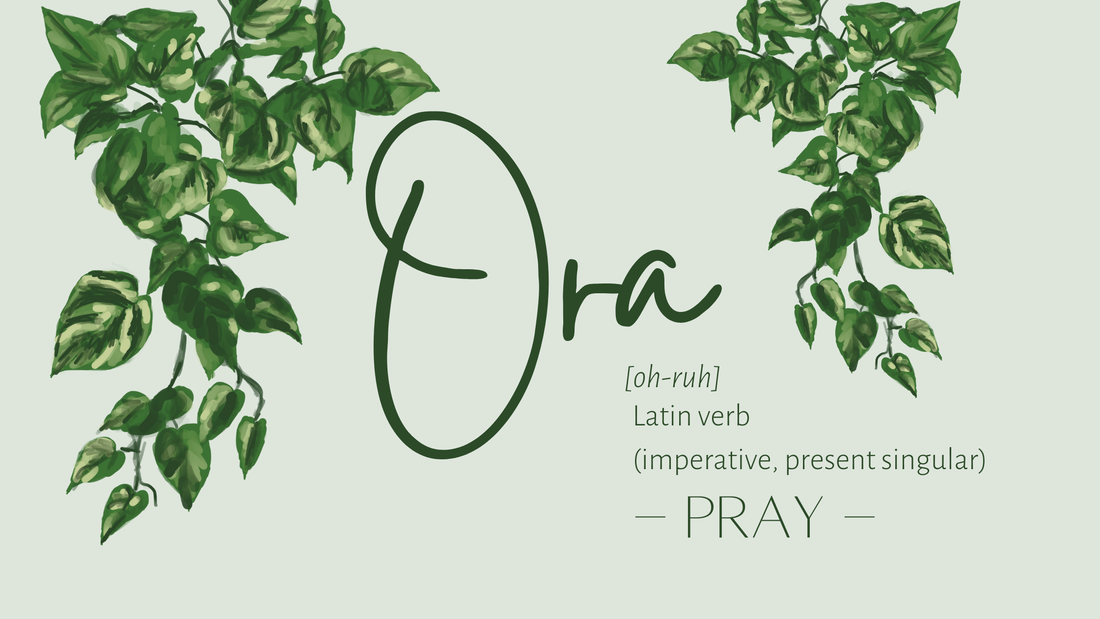A Reflection on the Gospel for April 21st, 2019: |
| |
I really appreciate knowing more about the tomb. Having background details from history really helps the story come alive and makes it more solid as historical fact.
I'm glad to hear it, Suzanne. I used to believe history and science were a challenge to my faith. However, as I grow older and learn more, I often find history and science confirming my faith. And that brings me so much joy!
Leave a Reply.
Archives
July 2024
June 2024
May 2024
April 2024
March 2024
February 2024
January 2024
December 2023
November 2023
October 2023
September 2023
August 2023
July 2023
June 2023
May 2023
April 2023
March 2023
February 2023
January 2023
December 2022
November 2022
October 2022
September 2022
August 2022
July 2022
June 2022
May 2022
April 2022
March 2022
February 2022
January 2022
December 2021
November 2021
October 2021
September 2021
August 2021
July 2021
June 2021
May 2021
April 2021
March 2021
February 2021
January 2021
December 2020
November 2020
October 2020
September 2020
August 2020
July 2020
June 2020
May 2020
April 2020
March 2020
February 2020
January 2020
December 2019
November 2019
October 2019
September 2019
August 2019
July 2019
June 2019
May 2019
April 2019
March 2019
February 2019
January 2019
December 2018
November 2018
October 2018
September 2018
August 2018
July 2018
June 2018
May 2018



 RSS Feed
RSS Feed